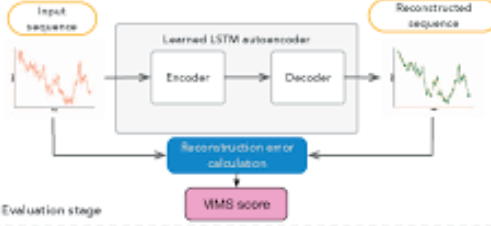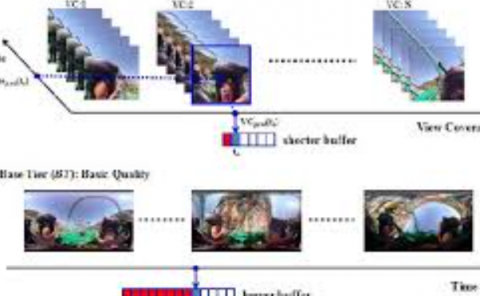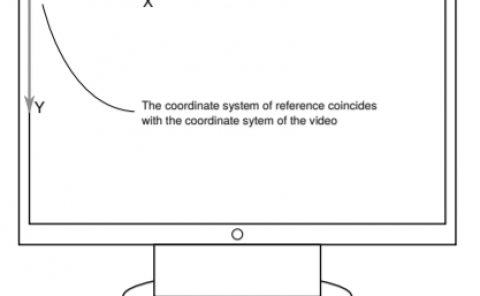VR Sickness Prediction for Navigation in Immersive Virtual Environments using a Deep Long Short Term Memory Model
PubDate: August 2019
Teams: Arts et Metiers, Institut Image
Writers: Yuyang Wang; Jean-Rémy Chardonnet; Frédéric Merienne

Abstract
This paper proposes a new objective metric of visually induced motion sickness (VIMS) in the context of navigation in virtual environments (VEs). Similar to motion sickness in physical environments, VIMS can induce many physiological symptoms such as general discomfort, nausea, disorientation, vomiting, dizziness and fatigue. To improve user satisfaction with VR applications, it is of great significance to develop objective metrics for VIMS that can analyze and estimate the level of VR sickness when a user is exposed to VEs. One of the well-known objective metrics is the postural instability. In this paper, we trained a LSTM model for each participant using a normal-state postural signal captured before the exposure, and if the postural sway signal from post-exposure was sufficiently different from the pre-exposure signal, the model would fail at encoding and decoding the signal properly; the jump in the reconstruction error was called loss and was proposed as the proposed objective measure of simulator sickness. The effectiveness of the proposed metric was analyzed and compared with subjective assessment methods based on the simulator sickness questionnaire (SSQ) in a VR environment, achieving a Pearson correlation coefficient of. 89. Finally, we showed that the proposed method had the potential to be deployed within a closed-loop system and get real-time performance to predict VR sickness, opening new insights to develop user-centered and customized VR applications based on physiological feedback.


